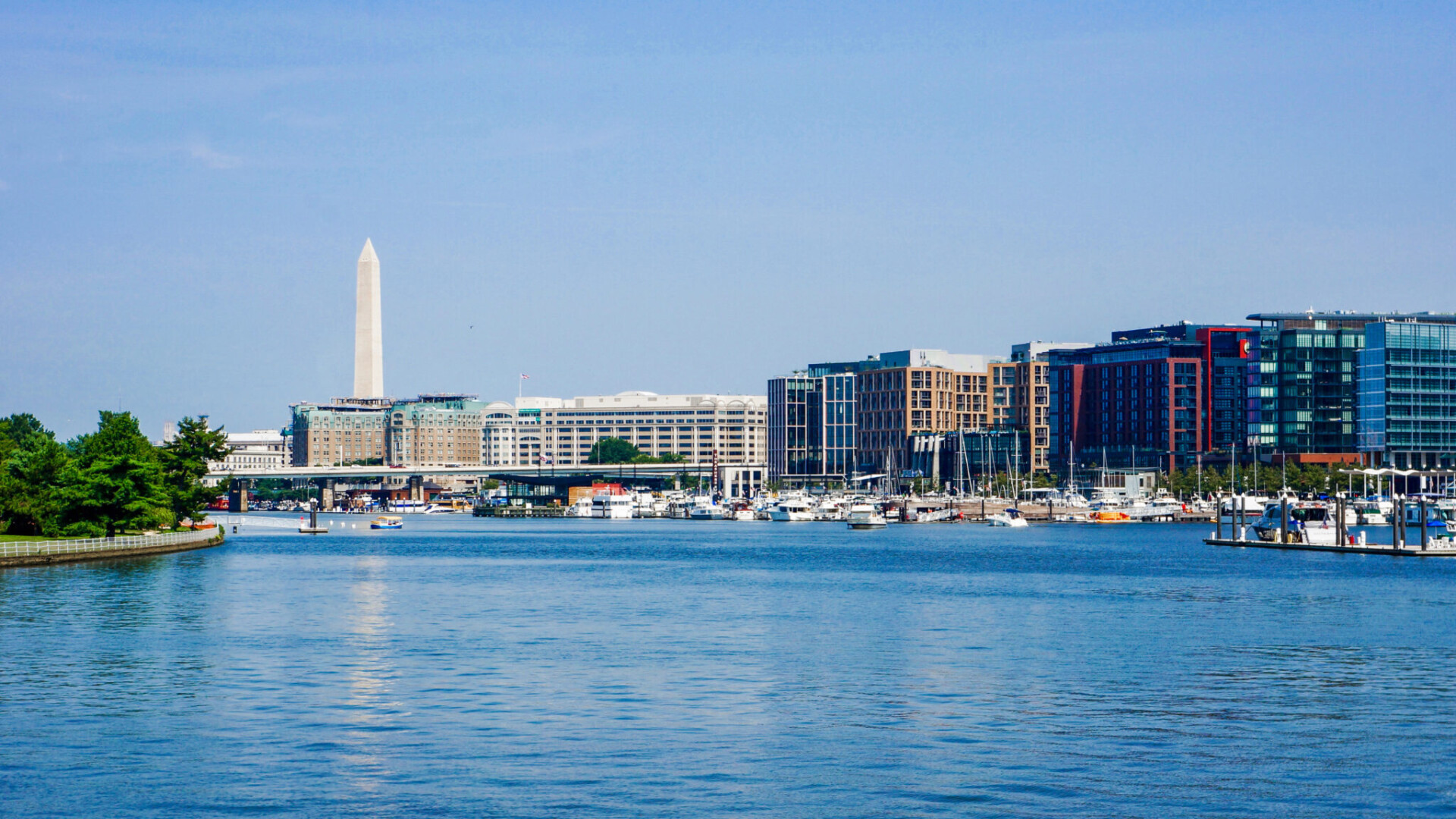Utility Navy Yard Shooter Case Study

This case study was provided by Jonathan Reeves, who had a primary role in response on behalf of this public utility.
Overview
A large utility in Washington DC was adjacent to the U.S. Navy Yard complex during the September 16, 2013, Active Shooter Incident. The Utility was not directly impacted by the shooter however, the main pump station was in the Law Enforcement Red Zone.
Introduction
The utility was notified by the front gate security team of a large law enforcement presence adjacent to the main pump station in SE DC. Several employees reported through the emergency hotline that they could hear gunshots. The Incident Management Team (IMT) was activated within 15 minutes of the initial notification. The order was given to lock down all facilities and prevent entry or exit to any facilities. A liaison was deployed to the DC Emergency Operations Center (EOC) to establish a communication flow with onsite incident command.
Challenge
Because the utility was in the red zone but not directly involved in the shooting it was difficult/impossible to obtain actionable intelligence for the utility to make informed decisions. This lack of intel significantly delayed communications to staff and field-deployed personnel. The input and output demands for decision-making and communications were easily overwhelmed which limited the prioritization and development of critical response actions by the IMT. Overall, it took nearly two hours for the IMT to align and create a unified response to the ongoing operations of the utility.
Solution
Based on the existing planning strategy a liaison was deployed to the DC Emergency Operations Center (EOC) to establish a communication flow with onsite incident command. Their mission was to obtain actionable intelligence and act as the conduit for issues and actions from the utility and provide updates on any critical infrastructure issues.
- While the crisis communications plan identified templates and information on Active Shooter scenarios. There was no identification or established expectation for the cadence of the messaging. The utility stuck to the cadence of as information was available and verified then information was shared (Initial information sent at 10:10 am with second phase of information sent four hours later). For such a high-intensity incident information (even if there was nothing to report) should have been sent hourly throughout the day. There was a need to improve employee communication by providing information to employees on an hourly basis even if there had been no change to the information available.
- At the After Actions Review, all the management teams reported that the effort by Directors and Managers to halt all non-essential work and pull employees together to provide information was perceived as a great value by employees. Some groups provided snacks and used provisions from the emergency response go-kits.
- Several locations had speaker systems that did not function adequately, this created confusion and concern among the employees onsite. Post-incident there was a capital project established that worked to enhance and update the building-wide speaker system.
- Many of the employees worked remotely in company-issued vehicles and were not onsite at the time of the incident. This became a major problem later in the day when it was identified that the red zone would remain in place throughout the evening and workers could not return from field work, drop off their vehicles, or collect their personal vehicles. A temporary solution was issued by the General Manager that violated the vehicle policy, temporarily permitting company vehicles from being driven home by employees until the red zone was lifted.
Benefits
Since 2009 the utility had undergone some extensive updates to its Comprehensive Resiliency Program. These benefits were visible when the utility responded to the 2013 Navy Yard Shooter incident. Some of these benefits included:
- Site and hazard-specific plans had been developed, implemented, trained, and exercised. This gave the majority of teams a basic grasp of how to manage the incident in the absence of coordinated IMT leadership (in the initial stages of the response).
- In 2011 the utility had established a primary IMT to manage as an All-Hazards Response Team. Having protocols for activation, regular position-specific and general training and exercise experience all allowed for a quick and efficient activation and transition to a more coordinated response.
- Participating in the city’s Private Sector Liaison program greatly helped with establishing a two-way flow of actionable and relevant communications.
Results
An After-Action Review was completed per the established procedure for IMT activation and the following improvements were identified for follow up.
- There needed to be site-specific plans for each facility that had more detailed information on the execution of the lockdown and the sustainment of critical operations at a site. Plans provided generalizations and site-specific information but they lacked an accurate timeline for how you would sustain a lockdown for hours or potentially days. The false assumption for the emergency planner is that these incidents are quick duration (which is often true), however, the recovery can take days or weeks and that is often not considered in emergency plans.
- There were two major updates to Policy that occurred post the 2013 Navy Yard Shooter:
-
- There were no provisions for employees to take vehicles home or to drive them into MD or VA (interstate). The General Manager made a decision based on best judgment however, he was potentially exposing the Utility to issues with liability, insurance, and accident/injury issues. The General Manager’s powers of authority were updated to reflect his ability to make these decisions and the issues with liability, insurance, and accident/injury issues were mitigated.
- During the response, it was identified that the Utility did not conduct background checks on contractors. This policy was updated to reflect the need for background checks prior to access of the Utility’s facilities.
-
- During the incident, it was difficult to maintain critical operational radio communications and provide updates/directions to field employees about the shooting. The Utility established a dedicated emergency channel on the radios which could be used during an incident to communicate with field staff and not cross-channel with critical operational communications. Improving our communications and understanding the necessity of having a defined channel became part of our standard operations going forward.
In summary, a key learning in this case was the absolute criticality of being proactive with communications and having pre-established channels for issuing messaging.
If you need help planning for active shooter incidents, Risk Resiliency can help you with active shooter playbooks, response guidance, and recovery planning.
-

Your manuals are meant to be referred to frequently. We’ve got some tips and questions below to help you keep your manuals and other business documents current and useful.